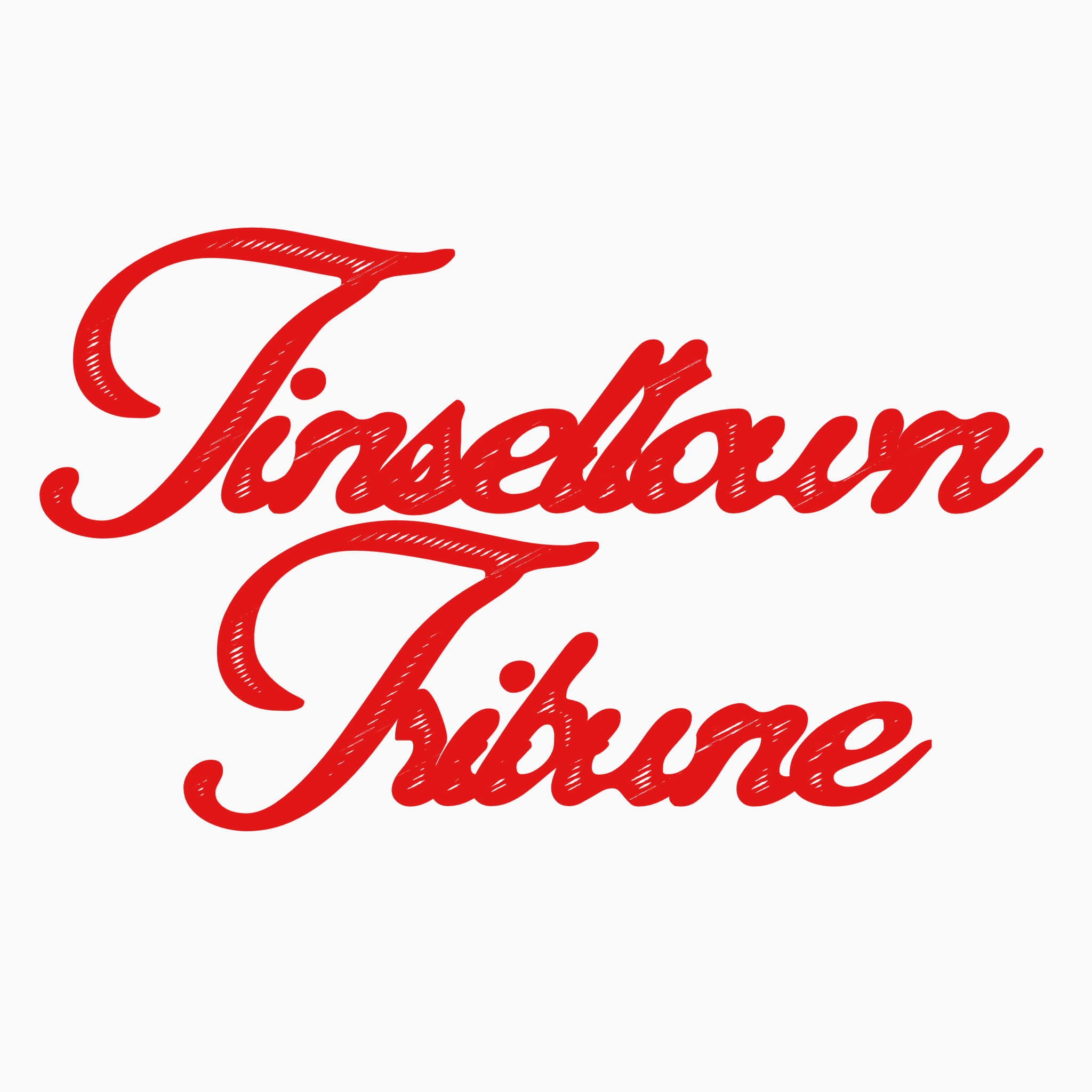The release of “Jurassic World Rebirth” has shattered conventional expectations about summer blockbusters, proving that the prehistoric franchise continues to enthrall audiences even amidst holiday distractions. Earning a formidable $26.3 million on its first July 4th Friday, the film not only outperformed previous holiday titles but also demonstrated the resilience of big-budget cinema in a post-pandemic world. Its second-highest single-day gross highlights a phenomenon: audiences are still flocking to theaters for large-scale entertainment that offers escapism, spectacle, and nostalgia. This sustained momentum exemplifies how blockbuster franchises can defy the odds, especially when they leverage both nostalgia and innovative storytelling.
This opening day figure is striking, especially considering the myriad distractions like barbecues, fireworks, and family gatherings. “Jurassic World Rebirth” managed to become not just an event but an inevitable destination for moviegoers craving an adrenaline rush. With a five-day gross surpassing $140 million and an international debut exceeding $312 million—outperforming its predecessor in global markets—the film underscores the global appetite for dinosaurs, adventure, and blockbuster filmmaking. The seamless blending of franchise loyalty and compelling new cast members created a perfect storm, positioning “Rebirth” as a true cinematic event in an environment where smaller releases often struggle.
A Film Like No Other: Audience Demographics and Market Impact
What makes “Rebirth” even more compelling is its shifting viewer demographic. Unlike its predecessors, which predominantly attracted younger audiences, this installment is pulling in an older crowd. Only about 36% of viewers are under 25— a significant drop from previous entries—which suggests a broader age appeal. The core audience now skews toward viewers aged 25-34, with over half of the attendees falling into this bracket. This change indicates that the franchise is evolving from its youthful origins to become an inclusive cinematic experience capable of transcending generational boundaries.
Furthermore, the film’s diverse demographic makeup reveals a balanced cultural appeal. While Caucasians still constitute the largest group at 45%, there’s a healthy representation of Latino and Hispanic audiences at 26%, Black viewers at 13%, and Asian Americans at 9%. Gender distribution reveals a slight male skew at 61%, but the overall audience composition remains refreshingly varied. Notably, “Rebirth” is functioning well across regions, with the South and South Central markets leading the charge, emphasizing the franchise’s widespread popularity and cultural resonance across diverse American communities.
The movie’s appeal extends into social and familial realms. Approximately 41% of viewers came with family members, underscoring the film’s status as a family event rather than a niche or date-night outing. The fact that only a small percentage (7%) attended on a romantic date emphasizes that “Jurassic World Rebirth” is primarily perceived as an inclusive, communal experience—driving home the idea that dinosaurs remain a unifying symbol of entertainment.
Marketing Strategies and Ticket Dynamics: A New Era of Audience Engagement
The impressive opening numbers are not solely attributable to franchise loyalty but are also a testament to savvy marketing and audience engagement strategies. Pre-sales accounted for 30% of ticket purchases—a notable figure compared to previous entries—highlighting how anticipation and effective campaigns foster early commitments. The drive to see “Rebirth” was motivated by a mix of franchise love (51%), new cast interest (22%), and nostalgia refreshers tied to Chris Pratt and Bryce Dallas Howard (25%). These percentages highlight the importance of both brand loyalty and star power in modern blockbuster marketing.
Interestingly, theater trailers still wield significant influence, with 17% of viewers citing them as their primary motivator. This indicates that despite the rise of streaming and digital advertising, the in-theater experience remains vital for creating anticipation. The reliance on high-quality, impactful trailers reflects an understanding that modern audiences need compelling visuals to justify premium ticket prices, especially as the industry shifts toward reserved seating and longer pre-show experiences.
The film’s audience also demonstrated a preference for premium formats—PLFs (Premium Large Format) accounted for 29% of ticket sales, and 3D viewers represented 18%. While IMAX screens were not a significant part of its release, the emphasis on enhanced viewing experiences suggests that consumers are willing to pay extra for immersive encounters. This strategic focus on high-end presentation types underscores a larger industry trend: spectacle-driven films are best experienced in the most visually stunning formats available.
Challenges and Opportunities in a Changing Moviegoing Landscape
Breaking records on a major holiday like July 4th indicates the resilience of big theatrical releases, but the film industry remains fraught with challenges. The rise of streaming platforms, long preshows, and evolving consumer habits threaten to diminish theatrical attendance. Yet, “Rebirth” proves that a blockbuster with a strong franchise foundation, strategic marketing, and robust visual spectacle can still command audiences at the box office.
One telling sign is the high proportion of same-day ticket sales—58% of “Rebirth” tickets were purchased on the day of the screening—showing that spontaneous decisions still drive significant revenue. Additionally, pre-sale performance surpassing previous franchise entries indicates growing anticipation and engagement—crucial factors for sustained success. The primary reasons for attendance emphasize attachment to the franchise and interest in the new cast, both of which suggest that emotional investment remains a key driver of box-office performance.
Despite these positive signs, the industry must navigate a landscape where traditional moviegoing habits are evolving. “Jurassic World Rebirth” exemplifies how strategic positioning—by leveraging franchise heritage and aligning with consumer expectations—can create a cinematic event capable of reviving and redefining blockbuster excellence in the 21st century.

